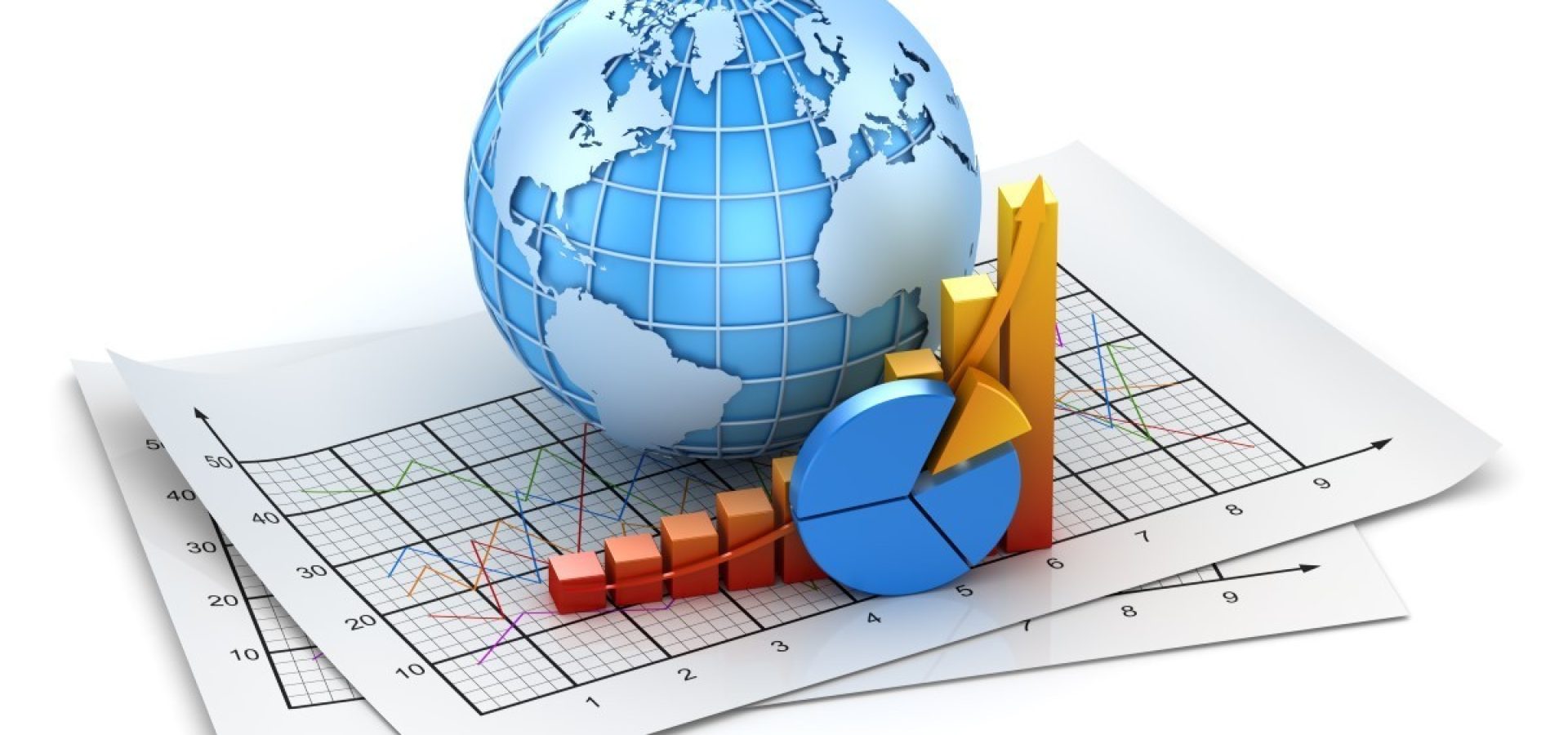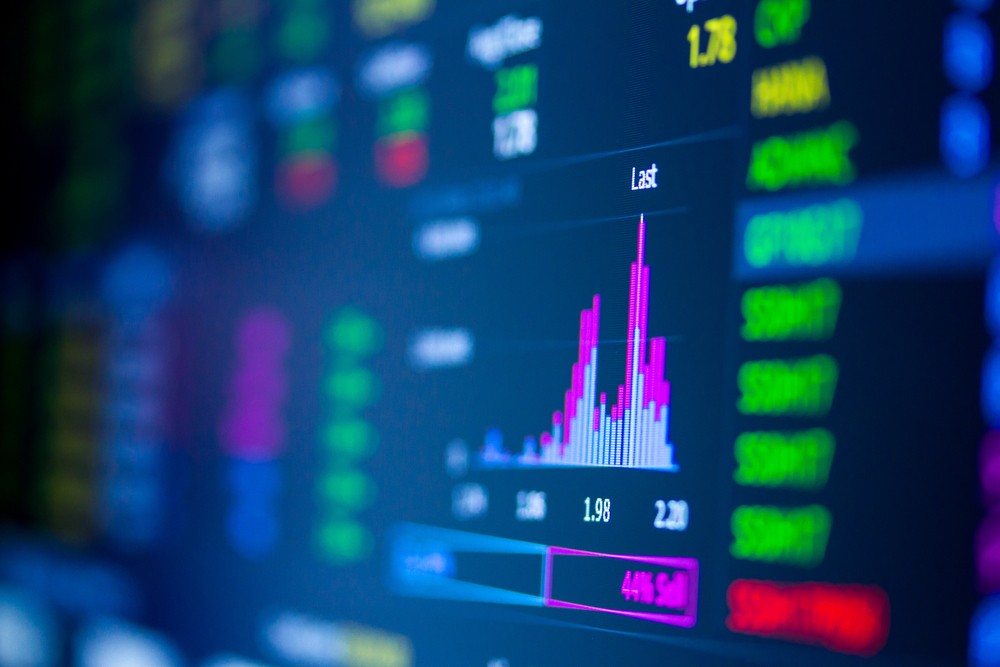Economies’ attempts to halt the COVID-19 pandemic’s crippling constraints on their activity and output have boosted global debt to unprecedented levels.
Based on the Institute of International Finance announcement, the response to the coronavirus crisis added $24 trillion in public and private sector debt last year, bringing the global total to $281 trillion. The global economy’s debt-to-GDP ratio increased to 35 percentage points from the previous year to 356%.
According to IIF, the upswing was well beyond the increase seen during the 2008 global financial crisis. In 2008 the rise in global debt ratio was limited to 10 percentage points, while in 2009 – 15 percentage points.
The Institute of International Finance pointed to governments’ stimulus programs as the primary drivers of the debt mountain, contributing to half of the deficit.
A further $10 trillion in global debt is likely to materialize this year, according to the IIF. However, governments may start to gain control of their debt burdens in the medium-term. S&P Global Ratings anticipates that more than two-thirds of developed and emerging economies are expected to stabilize or reduce their high debt-to-GDP ratios within the next several years.
Furthermore, the grown debt could threaten economies’ efforts to build back better from the crisis due to the potential that investments in future projects could be considered too costly or inhibitive if current situations become worse.
2021 is likely to be challenging for Renault
Moreover, according to Renault, margins and sales had started recovering in the secod halft of the past year as it embarks on a turnaround plan. During the COVID-19 pandemic Renault declined by 8 billion euro ($9.68 billion) last year.
Chief Executive Luca de Meo is looking at ways to boost Renault’s profitability and sales while pushing ahead with cost cuts.
He announced that 2021 might be rocky, including due to a deficit of electronic chips, which is wreaking havoc across the car industry. Still, He said Renault was focused on its recovery as profitability inches up.
De Meo announced that this year is likely to be challenging given the unknowns regarding the health crisis and electronic components supply shortages.
The chips shortage might hit a peak in the second quarter, Renault added, predicting it could affect its production by around 100,000 vehicles in 2021.
Renault has started to increase prices on some car models, and group operating profit, which was negative for 2020 as a whole, improved in the last six months of the year, hitting 866 million euros.









COMMENTS